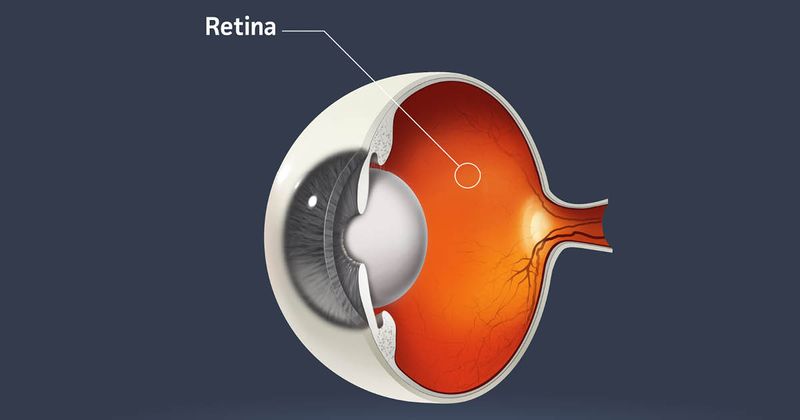Precursor lesions may help identify risk for atrophy in AMD
Lesion-level analysis on OCT can help identify risk for atrophy, according to a speaker at Angiogenesis, Exudation, and Degeneration 2024.
SriniVas R. Sadda, MD, said the development of new therapies for age-related macular degeneration has made clinicians think about the next steps.

Image: Adobe Stock
“We ultimately would like to intervene before the development of irreversible atrophy,” he said. “This means being able to identify AMD patients who are at the highest for progression.”
A retrospective cohort study included patients with non-neovascular AMD and incident complete retinal pigment epithelium and outer retinal atrophy (cRORA). All patients had tracked OCT data available for 48 months before the first visit with evidence of cRORA.
The area of the future cRORA was marked as the case region, and a region equidistant from the foveal center that did not develop cRORA 4 years later was marked as the control region.
Certified graders then evaluated the case and control regions for the presence of biomarkers such as drusen, drusenoid pigment epithelial detachment (PED), intraretinal hyperreflective foci (IHRF), and thick or thin double-layer sign (DLS).
The presence of drusen, drusenoid PED, acquired vitelliform lesion, thin DLS and IHRF was frequent in regions that would go on to develop cRORA compared with control regions. Sadda said IHRF, drusenoid PED and thin DLS were independent predictors for development of cRORA.
“These are the key OCT features which precede the development of atrophy at that location 4 years later,” Sadda said. “These precursor lesions may help define more advanced stages of intermediate AMD that could ultimately help us in designing a more granular staging system or severity scale for AMD.”






